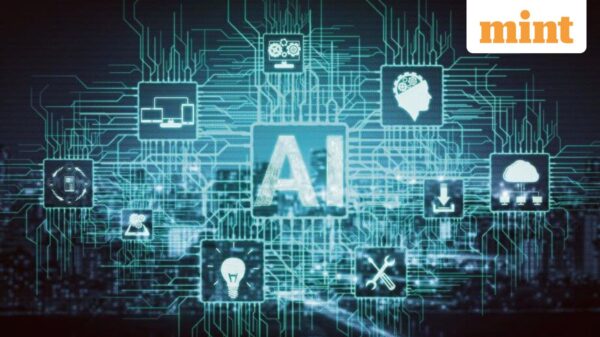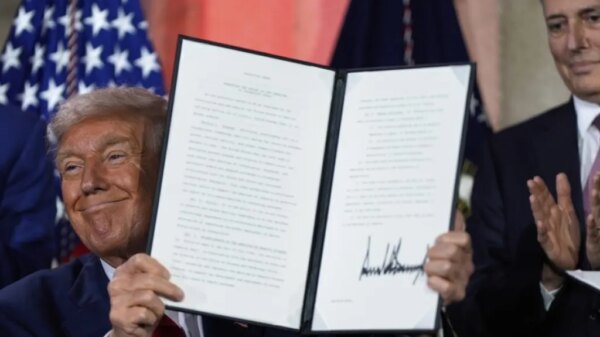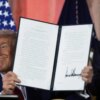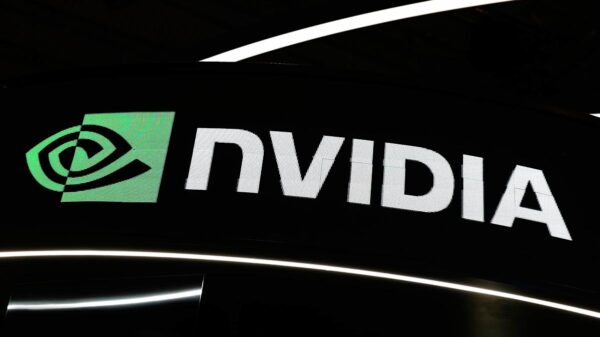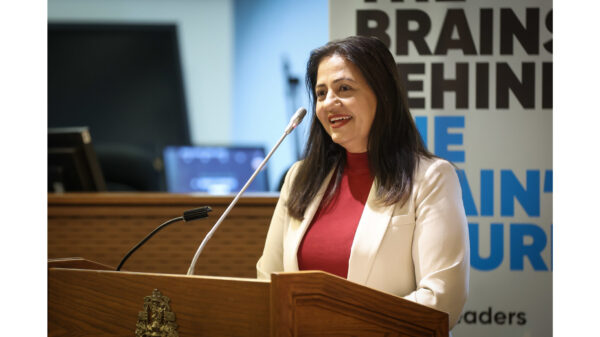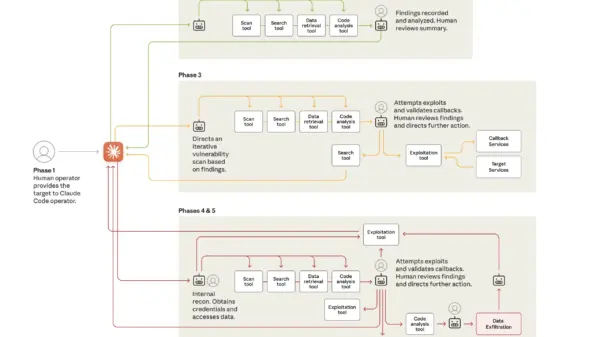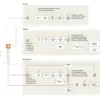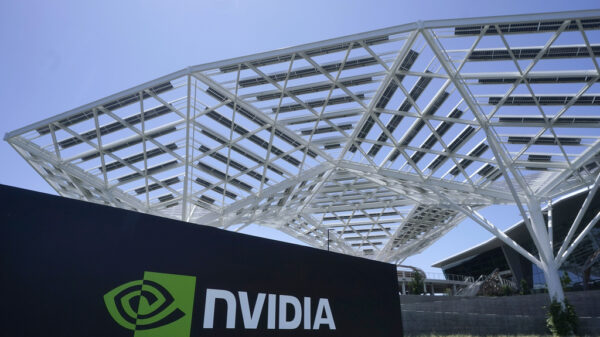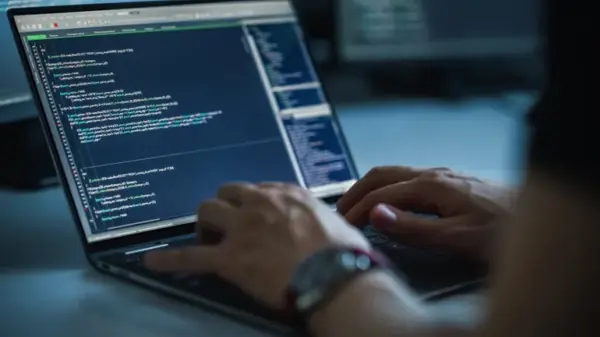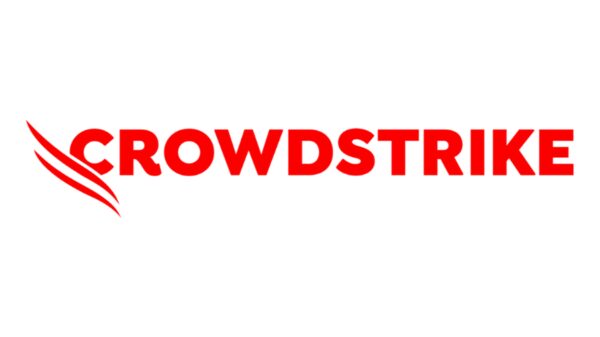As we enter 2025, the technological landscape is at a pivotal juncture, driven largely by the transformative power of artificial intelligence (AI). No longer a distant promise, AI is reshaping economies, influencing political landscapes, and raising ethical dilemmas surrounding human responsibility. The pressing question has shifted from “Will AI change everything?” to “Who will determine how it will change?”
Across the globe, governments, regulators, tech giants, and researchers are grappling with the architecture of AI regulation. The stakes are high: defining the rules governing AI will impact who benefits, who is protected, and who has the authority to disrupt or certify powerful AI models.
The Fragmented Landscape of Global Regulation
Europe has taken the lead with the ambitious AI Act, aimed at establishing a comprehensive regulatory framework for AI. This landmark legislation categorizes AI systems based on risk: unacceptable, high, limited, and low. The objective is clear—protect citizens and fundamental rights in critical sectors such as health, education, and public administration.
Margrethe Vestager, former Executive Vice President of the European Commission, emphasizes the need for oversight: “We cannot let AI develop unchecked. Protecting citizens is a prerequisite for innovation.” Similarly, European Parliament President Roberta Metsola stated, “AI can transform Europe, but only if there are rules to ensure that it serves humans.”
Despite this, many tech companies argue that regulatory frameworks risk stifling innovation. Vassilis Stoidis, CEO of 7L International, suggests that existing data protection laws should suffice for AI, warning that overregulation could hinder individual rights and technological progress.
However, Europe’s challenge lies in its lack of homegrown tech giants capable of implementing such a regulatory framework on a large scale. Concerns persist that stringent regulations may disadvantage European companies, especially small to medium enterprises (SMEs) who fear the costs of compliance.
Regulatory Approaches in the United States and China
The United States lacks a unified regulatory framework akin to the EU’s AI Act. Instead, it employs a patchwork of methods including executive orders, guidelines for federal agencies, state-level initiatives, and export controls on advanced technologies. The overarching principle remains to foster innovation while simultaneously limiting the export of strategic technologies to countries like China.
In stark contrast, China has implemented some of the most stringent regulations worldwide, focusing on algorithm oversight and deepfake technology since 2022. This approach emphasizes state control, asserting that AI must align with national interests, facilitating rapid adoption of technologies but often criticized for its lack of transparency and individual freedoms.
Voices of Concern: Leading AI Researchers Weigh In
Renowned AI experts such as Yoshua Bengio and Geoffrey Hinton are vocal advocates for stricter regulations on powerful AI models. Bengio suggests mandatory transparency and independent safety testing, while Hinton warns of the unpredictable behaviors exhibited by large-scale models and stresses the need for international cooperation to implement oversight.
Stuart Russell raises alarms about the fundamental design flaws that prioritize goal maximization. He advocates for AI systems that defer to human judgment. Meanwhile, Timnit Gebru emphasizes the ethical dimensions of AI, highlighting the risks of discrimination and bias alongside safety considerations.
The Future of AI Regulation: A Call for Global Cooperation
As the regulatory landscape evolves, experts from organizations like the G7 and the OECD are pushing for a new model of global cooperation. Proposed initiatives include the establishment of an international body to certify AI models, mandatory transparency in training data, and rigorous safety tests before deployment.
This evolving architecture aims to address civil rights in the age of AI, ensuring privacy, human oversight, and a framework that fosters innovation without compromising safety. An international treaty may also be necessary to impose limits on the development of advanced AI systems, especially as the window for action narrows.
The battle to regulate AI transcends institutional boundaries; it is deeply economic, geopolitical, social, and democratic. As we look forward, the critical question remains: will AI serve society or define it? The choices made in the next few years will undoubtedly shape the trajectory of AI for generations to come. The time for decisive action is now.
 Homer City Energy Campus to Boost Natural Gas Demand Amid Data Center Revolution
Homer City Energy Campus to Boost Natural Gas Demand Amid Data Center Revolution Intel Partners with Monse for AI-Enhanced Runway Show at New York Experience Store
Intel Partners with Monse for AI-Enhanced Runway Show at New York Experience Store Cal State LA Faces Backlash for $17M OpenAI Deal Amidst AI Concerns for Students
Cal State LA Faces Backlash for $17M OpenAI Deal Amidst AI Concerns for Students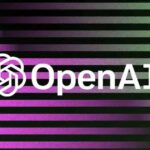 OpenAI Launches Global ChatGPT Group Chats, Enabling Collaboration for Up to 20 Users
OpenAI Launches Global ChatGPT Group Chats, Enabling Collaboration for Up to 20 Users Jeff Bezos Reveals Key Human Skill AI Can’t Imitate: The Power of Invention
Jeff Bezos Reveals Key Human Skill AI Can’t Imitate: The Power of Invention


